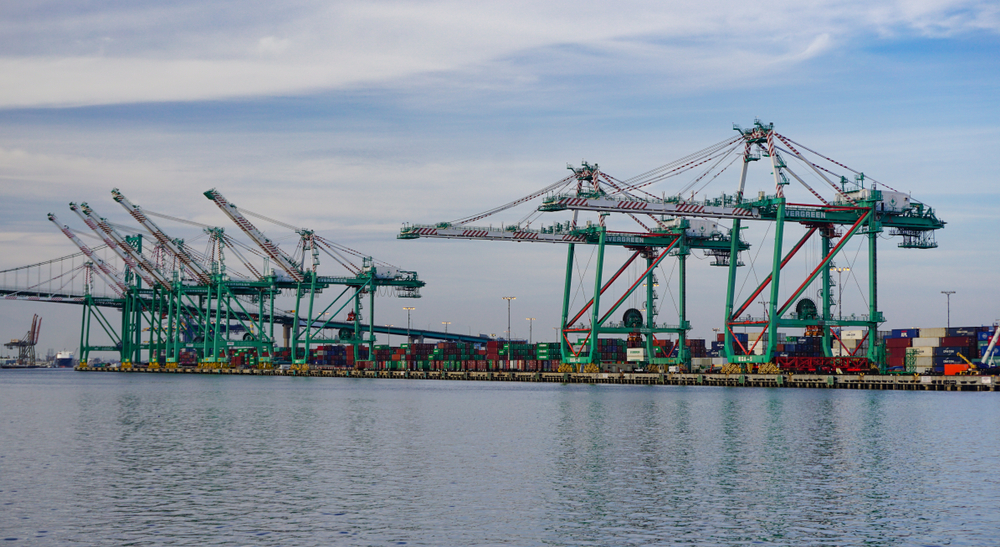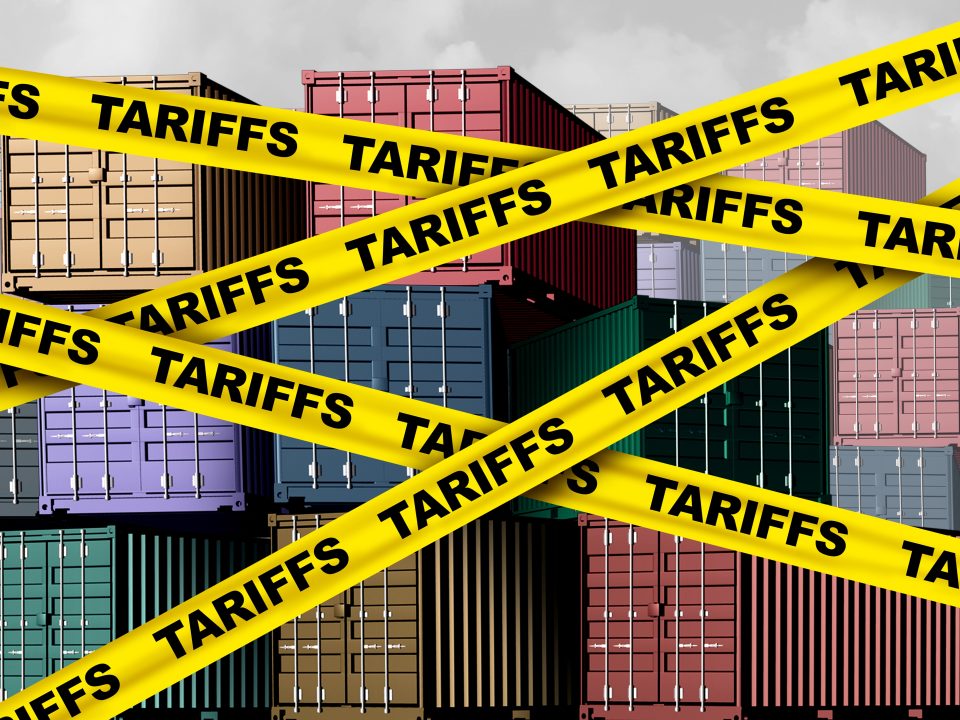
Port Congestion Update 11/2/22
November 4, 2022
Union Negotiations Continue in Both Rail and West Coast Seaports
November 30, 2022Is It Time For Caution?
LA/LB Twin Ports – Cargo Volumes Continue to Soften
The twin ports of Los Angeles and Long Beach both report the movement of goods may have slowed due to lower consumer demand and increased prices. The diminishing consumer demand, full warehouses, and inflation concerns have led to a decline in cargo containers moving through the seaports. Indications of the slowing began in September and was noticeable in October.
The Port of Long Beach moved 7,342,383 TEUs in the first nine months of 2022, which was up 3.5% from the same period in 2021. The cargo volume fell 0.3% between July and the end of September in 2022, compared to the previous year but the downward trend was much more noticeable in October as the port saw a drop of 16.6% for that month, as compared to October 2021.
The Port of Los Angeles’ (POLA) numbers also continued to dip in October. POLA Executive Director Gene Seroka said on November 15, 2022, that the downturn is likely to remain through the end of the year. TEUs were down 25% from October 2021 and were 2% below the port’s five-year average. He indicated that, “we’ll do everything in our power to get that cargo back because the best route between Asia and the United States is straight through the Port of Los Angeles”.
Cargo owners are becoming skittish about the contract negotiations between vessel carrier representative PMA (Pacific Maritime Association) and the International Longshoreman Warehouse Union (ILWU). The ongoing talks have caused some shippers to divert cargo from the twin ports to the Southern and East Coast ports.
Consumers Buying with Caution
Consumers are clearly growing more cautious with spending as the economy faces persistent inflation and continued aggressive tightening of interest rates by the Federal Reserve. Economists anticipate that the Federal Reserve Chairman, Jerome Powell, will announce after their December meeting another interest rate increase of up to three-quarters of a percent unless the rate of inflation slows before then.
E-Commerce Layoffs
On November 15, 2022, Amazon announced it will cut 10,000 jobs across various departments, including retail staff and other areas. The company is bracing for slower growth and a recession amid slowing sales growth and economic uncertainty. Amazon CEO, Andy Jazzy, predicts that the holiday sales period will be the slowest in its history. As the world’s largest online retailer, it has spent much of 2022 adjusting to a sharp slowdown in e-commerce growth as shoppers resumed pre-pandemic habits.
Layoffs not limited to E-Commerce
In the middle of the peak shipping season, FedEx also announced they will furlough workers. They confirmed that FedEx Freight will lay off workers in some U.S. markets. The furloughs are due to current business conditions causing declines in volume for the company.
Other Firms Laying Off
Companies that have laid off workers in recent months include Lyft, Stripe, Snap, and other tech firms. Intel, one of the world’s largest chip makers, is planning to cut thousands of jobs through “target layoffs” this month. The largest impacts for most firms are anticipated in the sales and marketing departments. Layoffs by tech companies big and small have now hit the San Francisco Bay area. For many of the tech companies, this is the first time they are going through layoffs. The tracking company Layoffs. Tracker, estimates 795 tech companies have laid off 121,667 employees in 2022.
For any questions regarding these updates or any of our services including, Freight Forwarding, Customs Brokerage, Cargo Insurance, Warehousing and Distribution or any other shipping service, please contact your Western Overseas representative.





